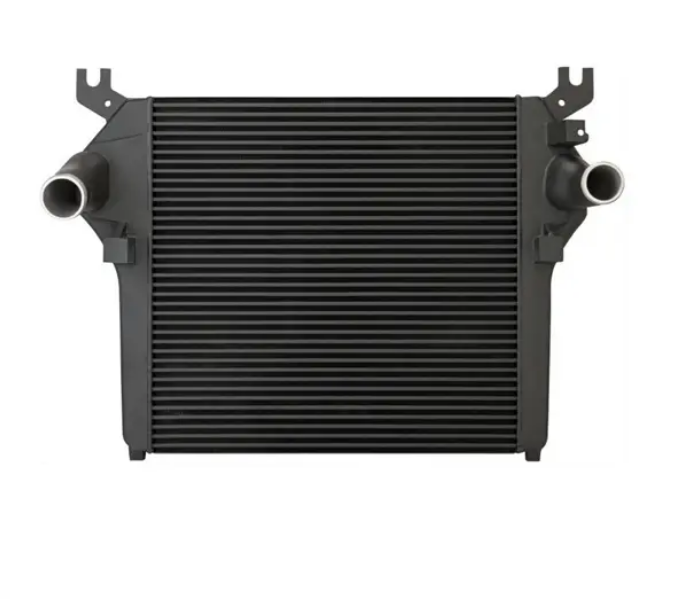In the entire cooling system, the cooling medium is coolant, and the main components include thermostat, water pump, water pump belt, radiator, cooling fan, water temperature sensor, liquid reservoir, and heating device (similar to a radiator).
1) Coolant
Coolant, also known as antifreeze, is a liquid composed of antifreeze additives, additives that prevent metal from rusting, and water. It needs to have anti-freeze, anti-corrosion, thermal conductivity and non-deterioration properties. Nowadays, antifreeze with ethylene glycol as the main component and anti-corrosion additives and water is often used.
2) Thermostat
From the introduction of the cooling cycle, we can see that the thermostat decides whether to go through the “cold cycle” or the “normal cycle”. The thermostat opens after 80°C and reaches its maximum opening at 95°C. The thermostat cannot be closed, which will cause the cycle to enter a “normal cycle” from the beginning, which will cause the engine to not reach the normal temperature as quickly or as quickly as possible. The thermostat cannot be opened or is not opened flexibly, which will prevent the coolant from circulating through the radiator, causing the temperature to be too high, or sometimes high and then normal. If overheating occurs because the thermostat cannot be opened, the temperature and pressure of the upper and lower water pipes of the radiator will be different.
3)Water pump
The function of the water pump is to pressurize the coolant to ensure its circulation in the cooling system. Water pump failures are usually caused by damage to the water seal causing fluid leakage, or bearing problems causing abnormal rotation or making noise. When an engine overheats, the first thing you should pay attention to is the water pump belt. Check whether the belt is broken or loose.
4) Radiator
When the engine is running, the coolant flows in the radiator core, and the air passes outside the radiator core. The hot coolant becomes cold due to heat dissipation to the air. There is another important small part on the radiator, which is the radiator cap. This small part is easily overlooked. As the temperature changes, the coolant will “expand and contract”. The internal pressure of the radiator increases due to the expansion of the coolant. When the internal pressure reaches a certain level, the radiator cover opens and the coolant flows to the reservoir; when the temperature Lower and coolant flows back into the radiator. If the coolant in the reservoir does not decrease but the radiator fluid level does drop, then the radiator cap is not working!
5) Cooling fan
During normal driving, the high-speed airflow is enough to dissipate heat, and the fan generally does not work at this time; but when running at slow speed and in place, the fan may rotate to help the radiator dissipate heat. The starting of the fan is controlled by the water temperature sensor.
6) Water temperature sensor
The water temperature sensor is actually a temperature switch. When the engine water temperature exceeds 90°C, the water temperature sensor will connect the fan circuit. If the circulation is normal but the fan does not spin when the temperature rises, the water temperature sensor and the fan itself need to be checked.
7)Liquid storage tank
The function of the liquid reservoir is to replenish coolant and buffer changes in “thermal expansion and contraction”, so do not overfill the liquid. If the reservoir is completely empty, you cannot just add fluid to the tank. You need to open the radiator cap to check the fluid level and add coolant, otherwise the reservoir will lose its function.
8)Heating device
The heating device is inside the car, so there is generally no problem. As can be seen from the cycle introduction, this cycle is not controlled by the thermostat, so when the car is cold and the heater is turned on, this cycle will have a slightly delayed impact on the engine’s temperature rise, but the impact is really not big. There is no need to heat up the engine. Makes people freeze. It is precisely because of the characteristics of this cycle that in an emergency when the engine overheats, opening the windows and turning the heating on to the maximum will help to cool down the engine.
Post time: Jan-16-2024


